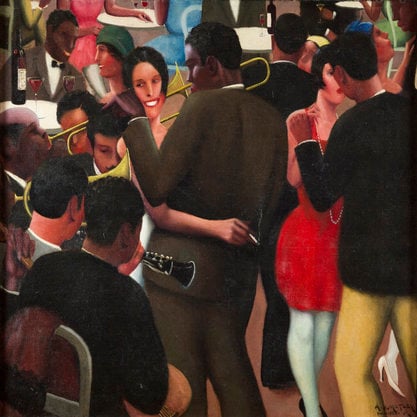Article
Tenney, James (1934–2006) By Hasegawa, Robert
Article
American composer James Tenney produced a wide range of innovative works, including computer music, Fluxus-inspired text scores, and chance-based instrumental pieces founded on the overtone series. Tenney’s music is characterized by a fascination with sound and how listeners perceive it. In addition to his creative work, Tenney is the author of important theoretical writings on the psychology and phenomenology of musical experience. Like John Cage, Tenney intentionally avoids rhetorical gestures in his music, following his dictum that “[T]he focus should be on the sound itself and not on the ideas and emotions of the composer” (Tenney, 2005).
Tenney was born in Silver City, New Mexico, but moved to New York in the 1950s to study piano with Eduard Steuermann and composition with Chou-Wen Chung. Later studies at Bennington College and the University of Illinois brought him into contact with Carl Ruggles, Lionel Nowak, Kenneth Gaburo, and Lejaren Hiller. In works from this period, such as Seeds (1956–61), composer Larry Polansky identifies the strong influence of Anton Webern and Edgard Varèse, two of Tenney’s early inspirations.



